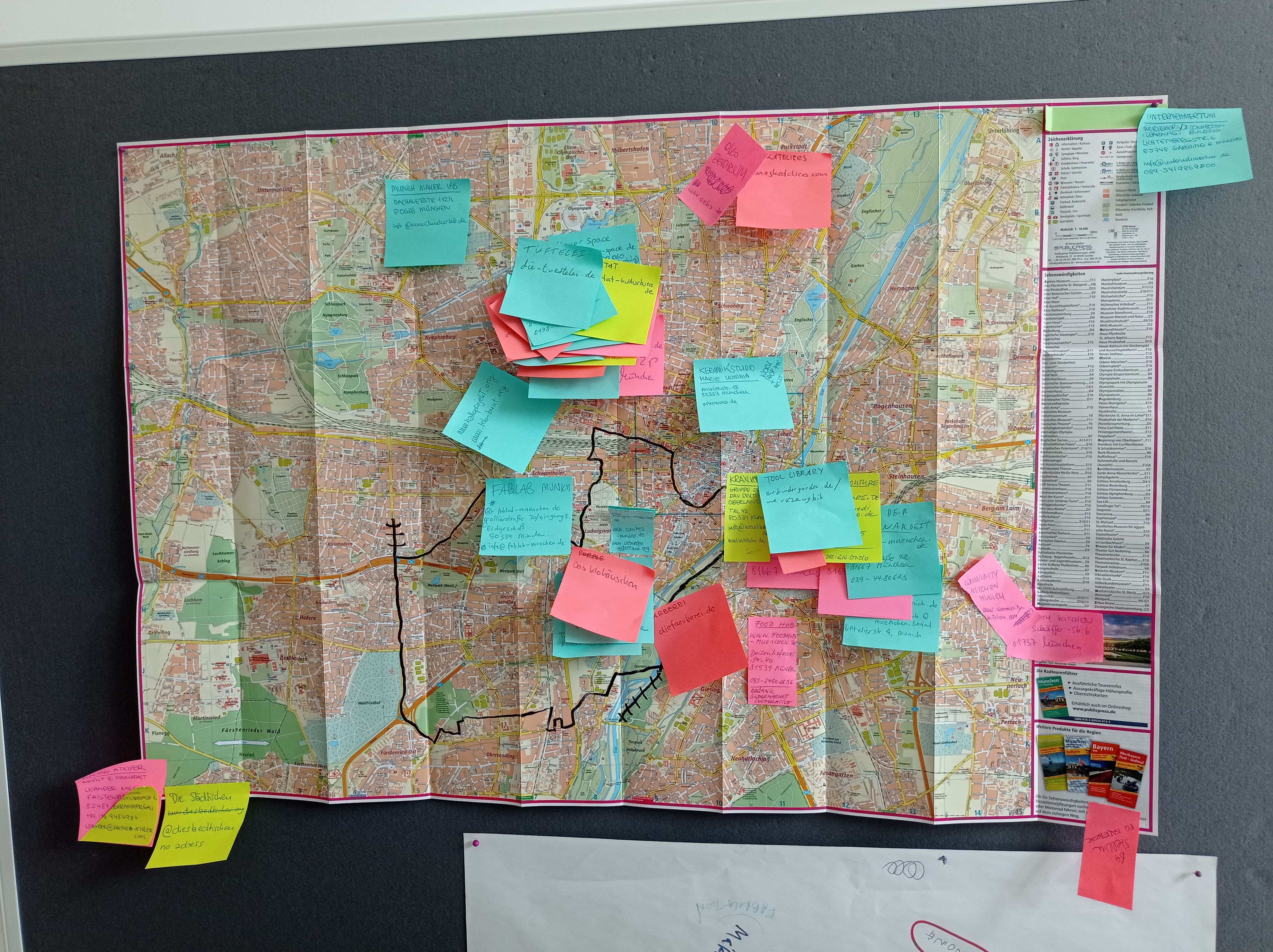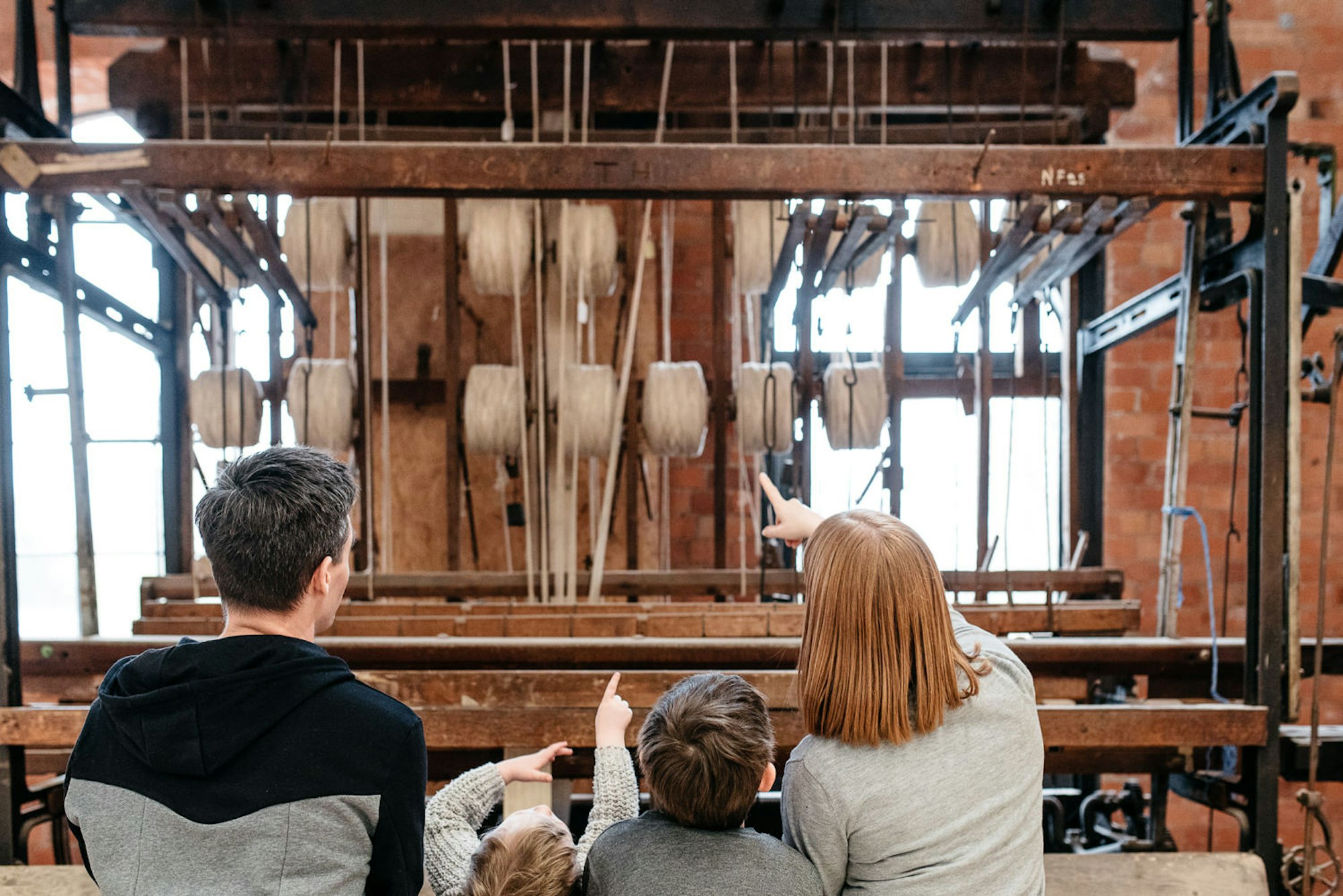Fixing In The Factory

This article was written for the Fixperts blog and it has been reposted here.
In 2009, the designer Thomas Thwaites undertook an expedition to make a mass manufactured toaster, himself, from scratch. It was called The Toaster Project, and his undertaking raised many questions about our ability to make the machines that we take for granted in our everyday lives.

Around the same time, MAKLAb, Scotland’s first digital fabrication workshop was established in Glasgow. In the broader context of the maker movement inspiring interest in how things worked, an enthusiastic group of designers, makers and engineering types set up a Repair Cafe. On Saturday mornings we would try to fix broken objects of the general public.


We would patch up holes in jumpers using Wool Filler. We laser cut new parts for broken toys. I was taught how to darn my jean shorts by a textile designer, and in return repaired her showerhead using Sugru. Repairing things meant learning new skills from one another, and helped us to understand alternative uses for the machines in this new makerspace. It felt empowering to repair these objects and no doubt we solved some daily problems for those members of the public that showed up and let us tinker with their broken things. With each thing that we successfully fixed, there was an element of novelty to the process. However, at that time MAKLab was situated just minutes from Buchanan Street, Glasgow’s main shopping precinct, and it was difficult to shake the feeling that these broken items could, if we chose to, be replaced with new products faster than we could fix.
Six months later, finding a mechanism to get Make Works off the ground, I found myself on an expedition of my own - to find and film 120 factories across Scotland in three months. This exploration took us from the central cities of Glasgow and Edinburgh, to Unst, the north-most tip of Shetland and back, via each and every island, industrial estate and workshop we could find.


What we realised on these islands was that whilst you might be able to order replacement parts, it is often faster to repair what you’ve already got.. This observation started with the multiple breakdowns of our VW Moonraker, where the speedy advantages of speedy gaffer tape modelling beat any attempt to source replacement 1979 parts.
What we observed in these remarkable places were not only ways of making, but the multiple ways of fixing that were taking place. Repair was not romanticised or even celebrated. It became clear: in the factory, fixing is an everyday way of life.
Skye Weavers

Bonas-Griffiths looms are now used by the majority of weavers in the Outer Hebrides making Harris Tweed.
Developed in the 1990’s to be more efficient than original Hattersley looms, Bonas-Griffiths looms are distinctive in that the entire loom is powered from a mechanism similar to a bicycle cog and pedal system. This single source of movement drives the yarn, rapier, cogs and cutters across the machine as it weaves double length cloth. The pedal-powered ‘clack’ used to be heard throughout the island of Lewis as men wove in the sheds behind their crofts.
Coming across a broken loom, Andrea and Rodger of Skye Weavers went about refurbishing it and now uses it to run a successful pedal-powered textile business from the island of Skye. It is full of adaptations to make the company’s working methods easier, such as attaching a watchstrap so that the pair of weavers can challenge each other to pedal faster and get their production times down.

These weavers also made their own warping mill by cobbling together the wheels of a broken Massey-Harris tractor and old dishwasher parts. This mill is quietly ingenious and is a stark comparison to the larger mills in the Scottish Borders, where the same warping process are completed by complex machines are shut away behind large plastic screens. The understated brilliance of the machine is that if it breaks they have the power to fix it.


MYB textiles
Morton Young and Borland was founded in Ayrshire in 1900. Today the company still uses the original Nottingham looms to manufacture intricate Scottish Lace and Madras. These 90-year-old machines are no longer in production and so repairing them is essential for the business.

The mill has a workshop above the factory floor dedicated to repairing old parts and training up apprentices to mend their machines. They frequently connect with local fabricators to manufacture replacement parts. For example, working with local water jet cutter, Jet Cut in Hillington, to cut new combs.

MYB have also worked with MAKLab to laser cut pattern cards. This shift is highlighting how digital fabrication techniques are being used by factories not just to manufacture the new, but to retain production processes of the past.
Finding local manufacturers to repair machinery is also an unexpected way that makers across Scotland have been using Make Works. Just last week we spoke with a weaver who had used the platform to connect with a foundry to cast a new part for her loom.
Jamiesons of Shetland
The Jamiesons factory in Shetland sits at the end of a one-track road, where sheep surround the outside and Fair Isle jumpers are being knitted at the other end. Being so remote means that the family-run business makes everything in-house, from dyeing the raw fleece, to spinning it into yarn and knitting it up into garments.

Unlikely to persuade Shima technicians to journey this far north if a machine breaks down, the family have taken it upon themselves to understand the fundamentals of each piece of their machinery. Throughout the factory a myriad of fixes on these can be spotted on the machines, from floating plastic water bottles measuring the levels of the dye, to coat hangers and string supports in the carding mechanics. These adaptations might not be beautiful, but they definitely work.
Journeyman Leather
Jo Tonkinson is leather worker and saddle maker. So few of the specialised tools she trained with are still made today, she has developed a fantastic collection of customised tools for her work. There is an honest practicality about these objects, fixed up from what can be found, and made specifically for the job in hand.

From the expedition, we discovered that ways of fixing in the factory were not romanticised, instead it just was a part of day-to-day business. If the maker movement is about retooling society, then we should try not to be drawn in by the spectacle of making new things. Instead, we have the opportunity to look towards the factories around us that can offer insight and skills into best ways of repairing them.
Photos: Ross Fraser McLean
Categories
Article
Related stories
Why Make Work Locally
Alan Moore and Ten30 Fashion
Tips for Manufacturing in Scotland
A Life in Lace
In the Belly of the Beast: my one year manufacturing for Coca Cola



